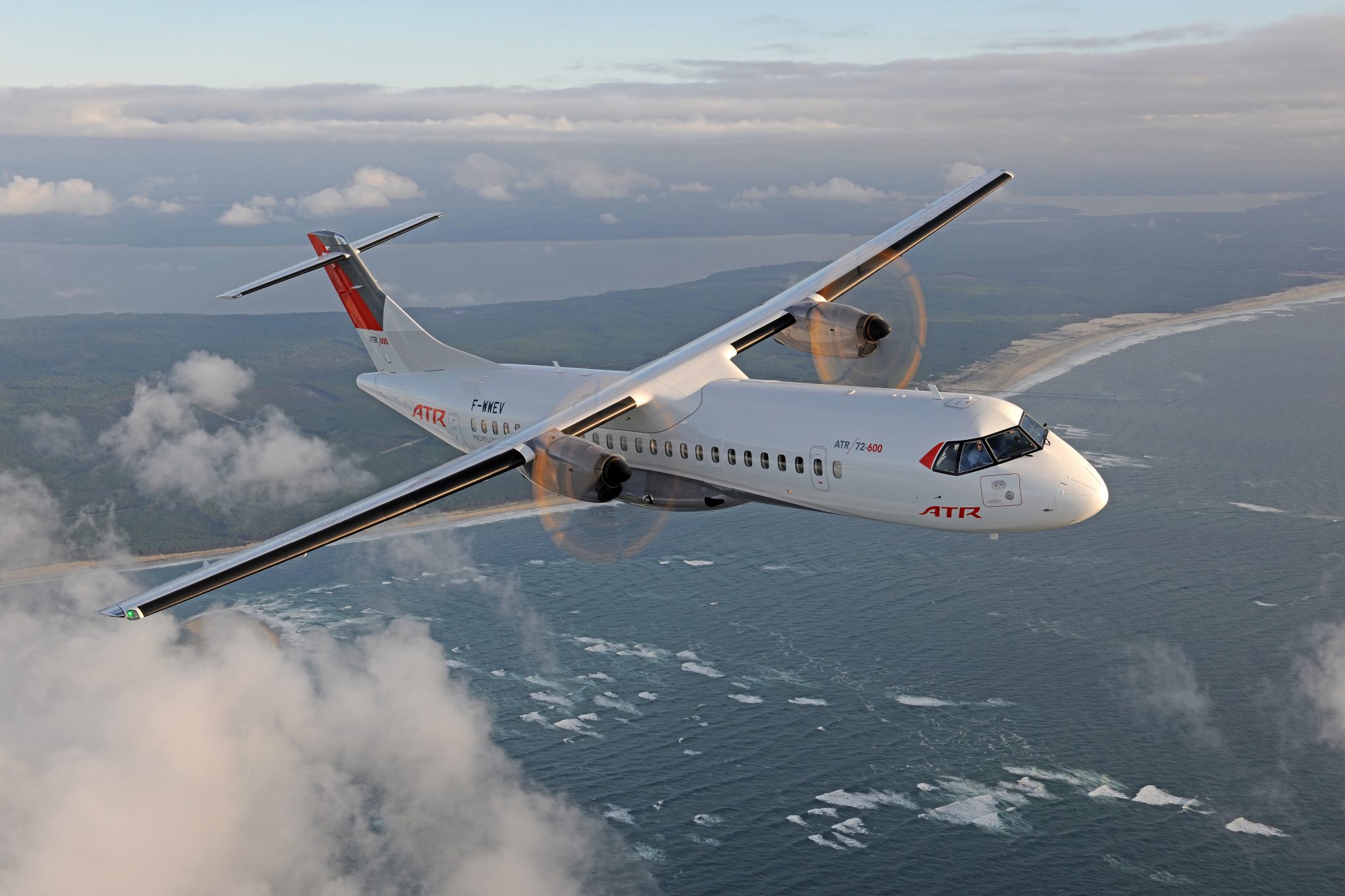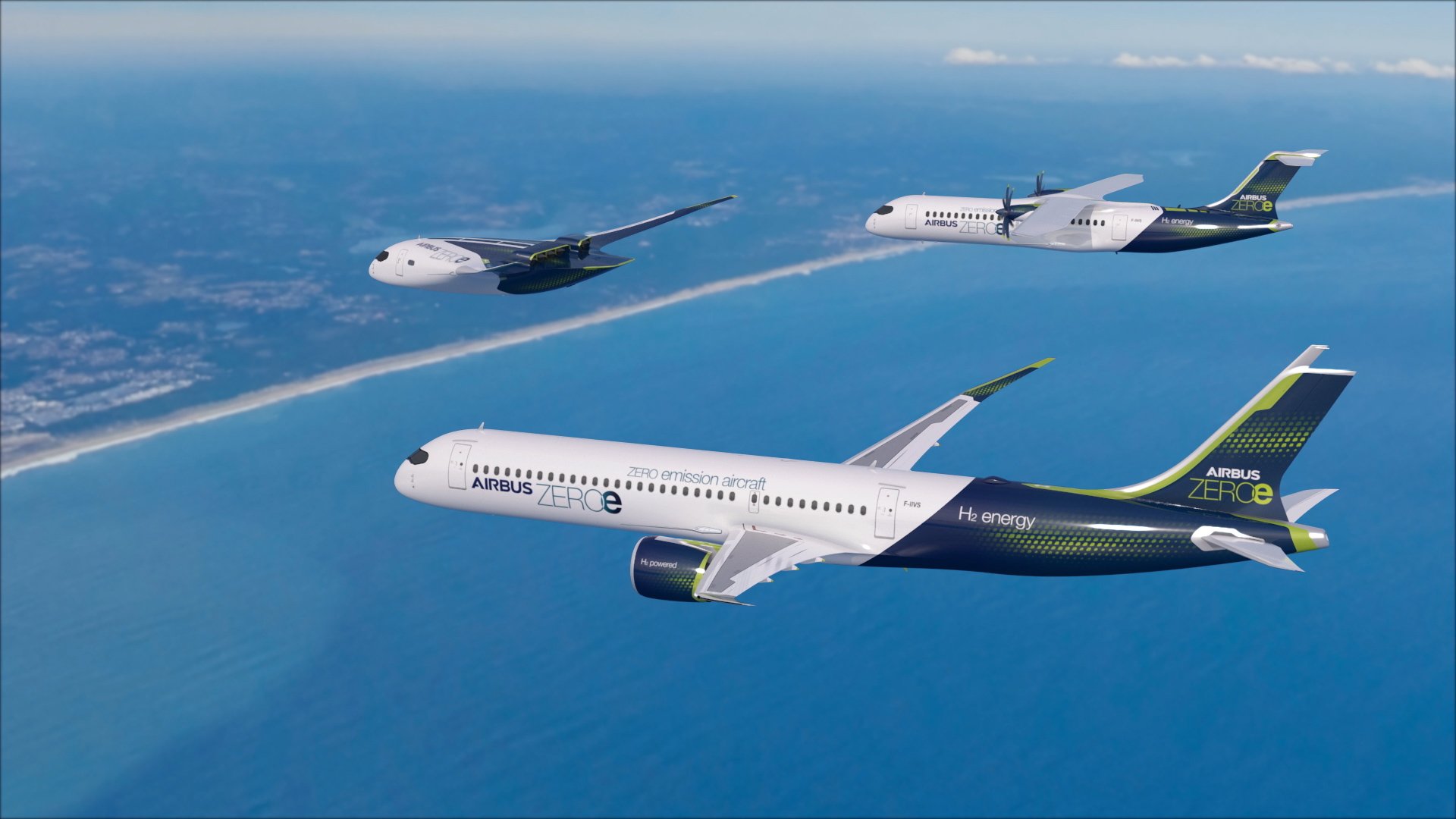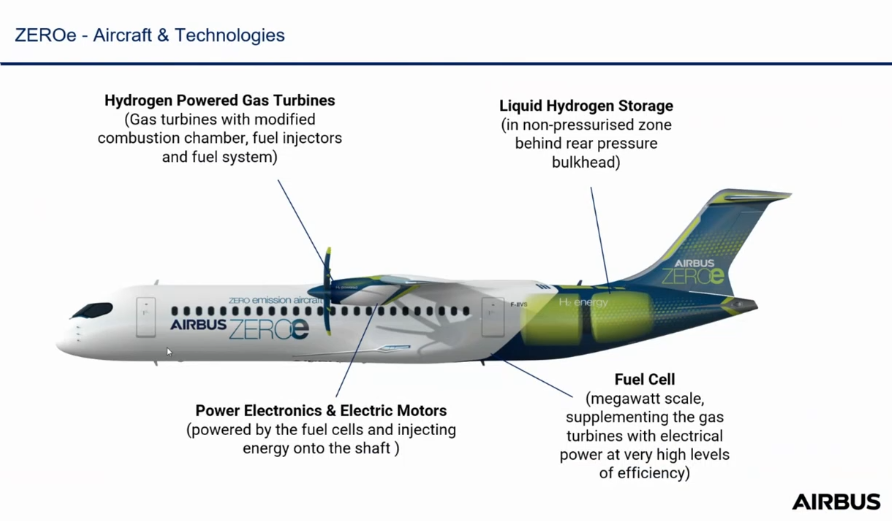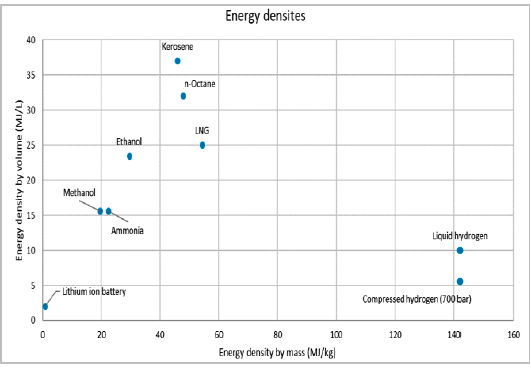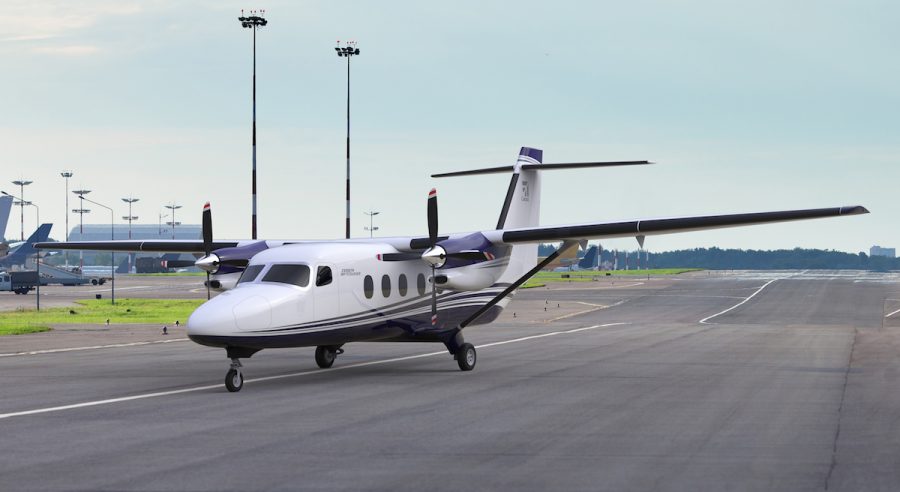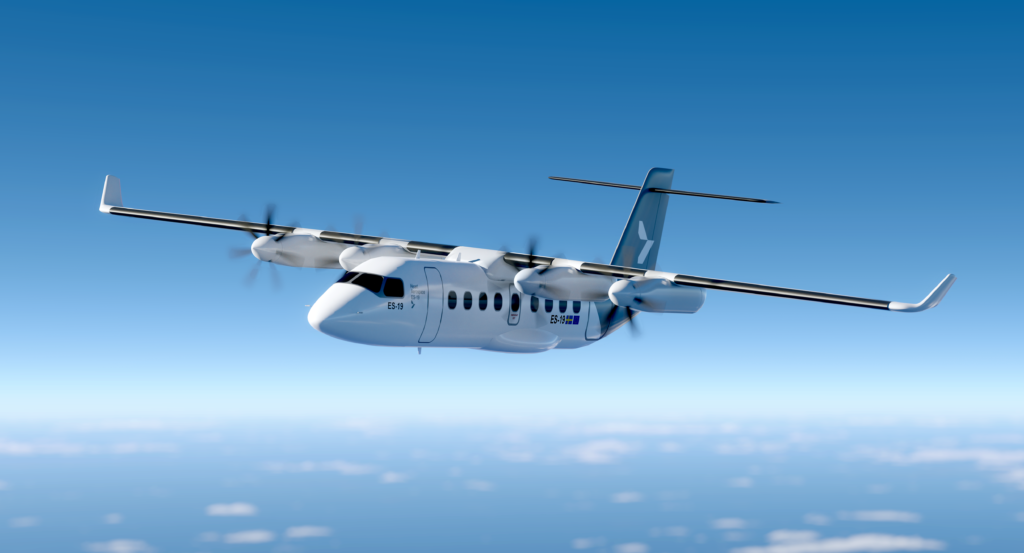Leeham News and Analysis
There's more to real news than a news release.
Bjorn’s Corner: Sustainable Air Transport. Part 25P. High Temperature Fuel Cell-based 70-seat airliner. The deeper discussion.
Subscription required
June 24, 2022, ©. Leeham News: This is a complementary article to Part 25, High Temperature Fuel Cell-based 70-seat airliner. It adds the masses and efficiencies of a High Temperature Fuel Cell system to our 70-seat airliner fuel cell variants.
Bjorn’s Corner: Sustainable Air Transport. Part 23. Fuel Cell-based 70 seat airliner
June 10, 2022, ©. Leeham News: Last week, we looked at the different fuel cell systems that can go into a 70-seat airliner like the ATR 72. In this week’s Corners, we implement these in the aircraft and look at installation effects and efficiencies.
The deeper discussion is in the sister article, Part 23P. Fuel Cell-based 70-seat airliner.
Bjorn’s Corner: Sustainable Air Transport. Part 22P. Fuel Cell system efficiency and mass. The deeper discussion.
Subscription required
June 3, 2022, ©. Leeham News: This is a complementary article to Part 22, Fuel Cell system efficiency and mass. It analyses the power, loss, mass, and efficiency consequences of the different fuel cell architectures described in the main article.
Bjorn’s Corner: Sustainable Air Transport. Part 18. Advanced Hydrogen Gas Turbines
May 6, 2022, ©. Leeham News: Last week, we looked at how we create the shaft power for the thrust device we discussed before. We described the basics of a hydrogen-burning gas turbine alternative.
When we have liquid hydrogen as fuel, several advanced developments are possible. It’s what we look at now.
Bjorn’s Corner: Sustainable Air Transport. Part 17. Gas Turbine Propulsion
April 29, 2022, ©. Leeham News: Last week, we looked at the thrust generating device that aircraft propulsion systems use. We could conclude that independent of how we create the shaft power, we can choose different thrust technologies with desired characteristics. A propeller, open fan, or fan in nacelle covers different speed ranges and efficiency profiles.
Now we look at how we generate the shaft power for these devices. We start with the hydrogen-burning gas turbine alternative.
Bjorn’s Corner: Sustainable Air Transport. Part 12. Hydrogen storage.
March 25, 2022, ©. Leeham News: Last week, we looked at the energy density by mass and volume for hydrogen and regular Jet fuel (Kerosene), Figure 1.
With this information, we now look at how these fuels can be stored in an aircraft.
Read more
Sustainable Aero Lab disqualifies “Greenwash” investments
By Bjorn Fehrm
August 25, 2021, ©. Leeham News: Times change and the use of words with it. Today, the hundreds of UAM Air Taxi projects talk about how “environmentally friendly” this mode of transportation is, and Boom’s Overture is “the most Sustainable supersonic airliner.” The aerospace media recently focused on how we now have “Space Travel for everyone (in possession of the necessary pocket change).”
The head of Sustainable Aero Lab, Stephan Uhrenbacher, disqualifies these investments in a study on where to invest in fixing air transport’s pressing problems: “The startups receiving the most attention in aerospace recently have been doing space travel and urban air taxis. While these products make for exiting flying objects and satisfy human desire, neither air taxis nor putting more people in space address the problem facing commercial aviation: Flying needs to become carbon-free. And this needs to happen much faster than most people in the industry believe. It opens room for startups to provide components for future aircraft or even entire planes, but also new modes of operation.”
Airbus delivers strong 1H2021 and launches A350 Freighter
By Bjorn Fehrm
July 29, 2020, © Leeham News: Airbus presented its results for the first half of 2021 today. The company reported a profit of €2.7bn on a turnover of €24.6bn, a very strong result from the -€0.9bn of last year. Yesterday, the Airbus board gave the go-ahead for the A350 freighter with planned entry into service 2025.
The strong result came from deliveries of 297 commercial aircraft, 100 more than the 196 of 1H2020. Net orders were 38 aircraft (1H2020 196). Guidance for 2021 was increased to 600 airliner deliveries with operating profit at €4bn and Free Cash Flow of €2bn.
Bjorn’s Corner: The challenges of airliner development. Part 11. The Program Plan.
July 9, 2021, ©. Leeham News: Now that we have done the basic market research we should scope the program. To do this we need to understand what aircraft we will develop and to what certification rules.
Our market research tells us to develop a 19 seat aircraft that can operate as a passenger and/or cargo aircraft outside the US and as cargo aircraft in the US. This enables us to certify it to FAA Part 23 and the equivalent rules of other National Aviation Authorities where we want to sell the aircraft.
The true cost of Electric Aircraft. Part 2.
Subscription Required
By Bjorn Fehrm
Introduction
July 8, 2021, © Leeham News: Last week, we looked at the cost of running an electric 19 seat airliner based on energy stored in batteries. We found the energy costs were lower than for the equivalent turboprop aircraft, but when we add the maintenance costs for the batteries, the operating costs were higher than today’s 19 seat commuter.
This was under the assumption that the battery aircraft had the same energy consumption as today’s aircraft. We now run this check. The result is eye-opening.
Summary
- Battery based aircraft weigh significantly more than jet fuel based ones. It increases their energy consumption.
- Last week’s findings were conditioned on the same energy consumption. This week’s analysis proofs this is not a valid assumption.


